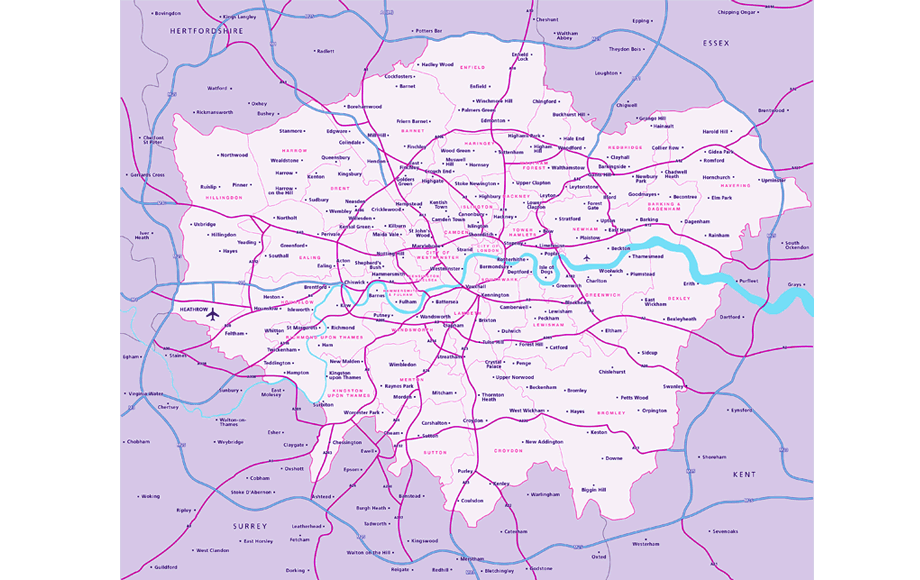From 1 March 2021, the minimum DVS rating will be one star to enter or operate in Greater London and this will then increase to a minimum of three stars in 2024.
If your vehicle does not meet the DVS star rating, you will need to meet the ‘Safe System’ requirements to be granted a direct vision permit.
It is unlawful to operate a HGV above 12 tonnes GVW in Greater London without a HGV safety permit. Fines of up to £550 are being issued if a HGV is in breach of the scheme.
The primary goal of the DVS HGV safety permit is to eliminate all deaths and serious injuries from road collisions from London's streets by 2041.
The DVS scheme objectively measures a driver's direct view through the windows of a HGV cab. This is communicated as a star rating from zero (poor) to five (excellent), which indicates the level of risk to people walking and cycling in close proximity of the vehicle.
The DVS safe system is a series of vehicle safety measures fitted after point of manufacture.
No specific make or brand of direct vision standard equipment or technology will be mandated as part of the safe system.
The Direct Vision Standard Map

The Transport for London Direct Vision Standard Enforcement Zone covers all of Greater London
TFL DVS Application & Administration
DVS permit application
You can apply for a DVS London safety permit, free of charge on the Transport for London DVS website. Every vehicle must meet a minimum DVS star rating of one star, unless exempt from the Direct Vision Scheme.
Where this rating is one star or above, fleet operators will be able to apply for a safety permit with no further mandatory action required.
TFL DVS permits will not be automatically issued; fleet operators will still

be required to apply for a permit when the application process opens, or a new vehicle is procured.
For more information on TFL DVS star ratings and vehicle manufacturer contact details, visit tfl.gov.uk/direct-vision-HGVs
Permit Administration
Operators of vehicles requiring a permit will need to apply
to DVS TfL. Permits will be issued electronically only, no certificate or hard copy permit will be issued.
Enforcement will be carried out by comparing the TfL database of vehicle registrations with valid permits with the automatic number plate recognition (ANPR) camera captures of vehicles entering London.
Crystal Ball can help you become compliant by providing the necessary Direct Vision Standard kit to meet the following Direct Vision Standard requirements: